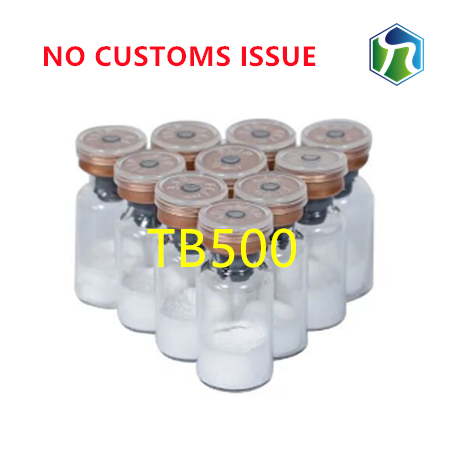
- +86-13363869198
- weimiaohb@126.com

Dec . 03, 2024 17:00 Back to list
Exploring the Chemical Properties and Applications of Compound 4521-33-9
Understanding 4521-33-9 A Closer Look at its Uses and Implications
The chemical compound identified by the CAS number 4521-33-9 is known as 2,3-bis(2-methoxyethoxy)propyl acrylate. Though the name might seem complex, it encapsulates a range of applications and implications in various industries. To understand its significance, we need to delve into the specifics of its chemical structure, properties, uses, and safety measures associated with it.
Chemical Structure and Properties
2,3-bis(2-methoxyethoxy)propyl acrylate is a reactive organic compound that belongs to the family of acrylates. The structure features two ether chains (2-methoxyethoxy groups) attached to a propyl backbone, leading to enhanced solubility and reactivity. The acrylate functional group is notable for its ability to polymerize, forming long chains that have different properties compared to their monomeric forms. This characteristic makes the compound especially valuable in polymer chemistry.
The chemical properties of this compound include a relatively low viscosity, good adhesion to various substrates, and the ability to cure quickly under ultraviolet light. These attributes make it an excellent candidate for applications in coatings, adhesives, and sealants where quick drying times and strong adhesion are paramount.
Applications in Various Industries
One of the primary applications of 4521-33-9 is in the production of coatings
. In the automotive, construction, and furniture industries, this compound can be formulated into paints and finishes that provide enhanced durability and resistance to the elements. The coatings derived from it offer superior adhesion, gloss retention, and chemical resistance, which are essential attributes for long-lasting surface treatments.In addition to coatings, 2,3-bis(2-methoxyethoxy)propyl acrylate is also used as a monomer in the production of adhesives and sealants. Its ability to polymerize under UV light allows for the creation of bonds that are not only quick to set but also remarkably strong. This characteristic is particularly useful in scenarios where traditional adhesives might fail, such as in high-stress or moisture-rich environments.
4521-33-9

Moreover, the compound finds application in the field of 3D printing, particularly in the creation of photopolymer resins. As the demand for rapid prototyping and custom manufacturing rises, materials that can cure quickly while maintaining flexibility and strength have become increasingly valuable.
Safety and Environmental Considerations
Despite its many advantages, safety and environmental considerations surrounding the use of 4521-33-9 cannot be overlooked. Like many chemical compounds, it poses certain risks, particularly during the manufacturing process or in applications where exposure might occur. It is essential for manufacturers and users to implement appropriate safety measures, including the use of personal protective equipment (PPE) and proper ventilation systems to minimize inhalation or skin contact.
Additionally, the environmental impact of its degradation products should be a focus of ongoing research. As industries aim for more sustainable practices, the development of eco-friendly applications and the life cycle assessment of materials such as 2,3-bis(2-methoxyethoxy)propyl acrylate are critical. Innovations in green chemistry may help to mitigate potential hazards associated with its use and disposal.
Future Trends and Innovations
Looking towards the future, the potential for 4521-33-9 in enhancing materials and applications appears promising. With ongoing advancements in polymer science, further exploration into its biocompatibility and applicability in medical devices or bio-based materials could open new avenues for its use.
In conclusion, the compound identified by the CAS number 4521-33-9 offers a fascinating glimpse into the world of acrylate chemistry. Its unique properties make it invaluable in coatings, adhesives, and advanced manufacturing processes. However, the focus must remain on safe handling practices and environmental considerations to ensure its benefits can be harnessed responsibly. As innovations continue to emerge, the role of this compound in shaping future technologies will likely expand, making it a topic worth watching in the years to come.
-
Top CAS: 79099-07-3 Factories & Wholesale Supplier from China
NewsJul.30,2025
-
High-Quality GS-441524 for White Liquid Type Factories & Suppliers
NewsJul.29,2025
-
High-Quality Pharmaceutical Intermediates for Sale – Reliable Supply
NewsJul.29,2025
-
High-Quality Pharmaceutical Intermediates for Sale - Reliable Solutions
NewsJul.29,2025
-
High-Quality Pharmaceutical Intermediates Supplier for Global Market
NewsJul.28,2025
-
GS-441524 for White Liquid Type Factories – High Purity & Reliable Supply
NewsJul.28,2025